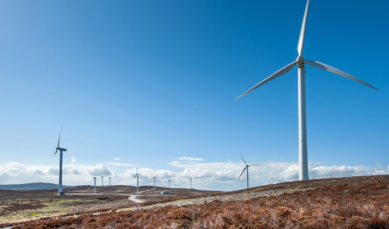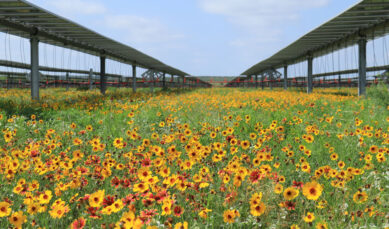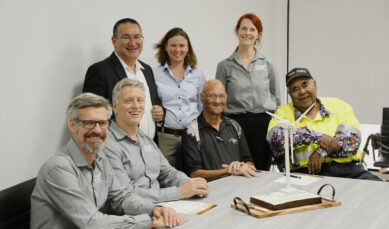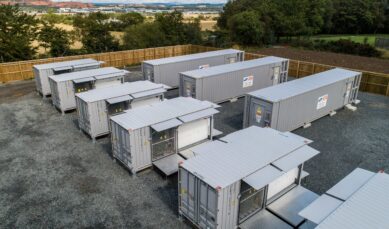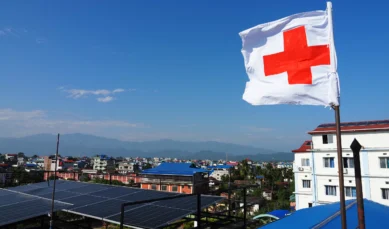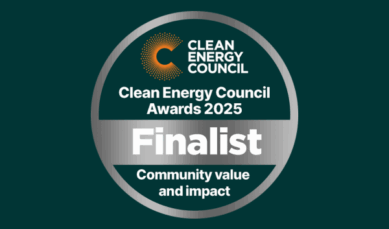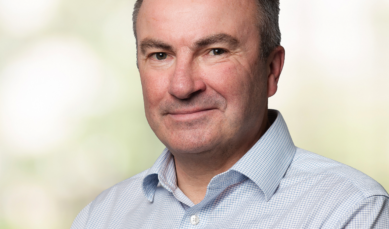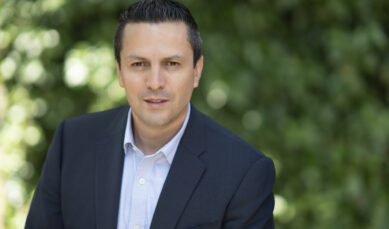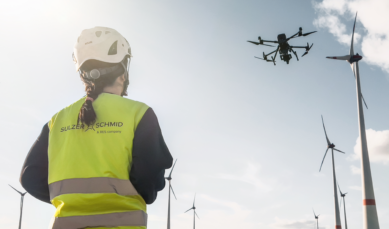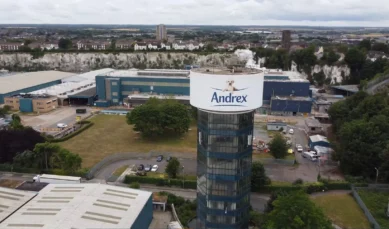Resources
Browse our latest resources, including company updates, customer stories, industry insights, and research reports.
Search
Category
Region
Content type
Clear

Built to last: Unlocking the full potential of renewables is the real challenge of the next decade
Ontario’s largest Indigenous-led energy project: The Wataynikaneyap Transmission Project
RES was an important early co-developer of the Wataynikaneyap Transmission Project by contributing to routing, permitting and planning for 1,800 km of transmission lines, supporting this revolutionary First Nation-led initiative. The project now delivers reliable grid power to 24 remote communities, advancing environmental goals and Indigenous-led infrastructure development.
Read more
